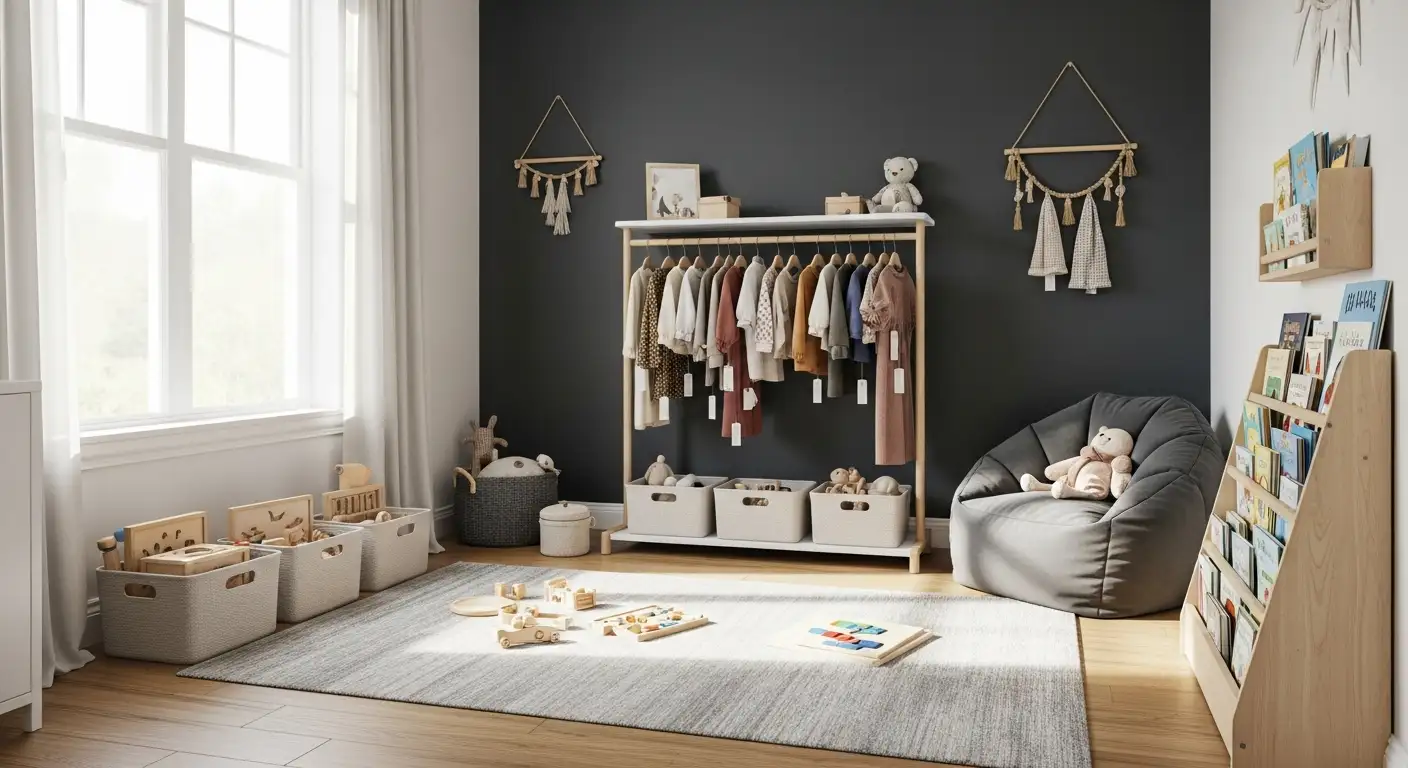Understanding the Importance of Clothing Choices for Children with Autism
Clothing can play a significant role in the daily comfort and well-being of children with autism. Many children on the spectrum experience sensory processing challenges that can make ordinary clothes uncomfortable or even distressing. Sensory-friendly clothing offers a practical solution, designed to reduce irritation and sensory overload, which in turn supports better focus, calmness, and participation in everyday activities. This article explores the unique clothing needs of children with autism, how sensory-friendly apparel can help, and the integration of behavioral therapies like Applied Behavior Analysis (ABA) to support children’s overall development and independence.
The Impact of Sensory Processing Challenges on Clothing Choices
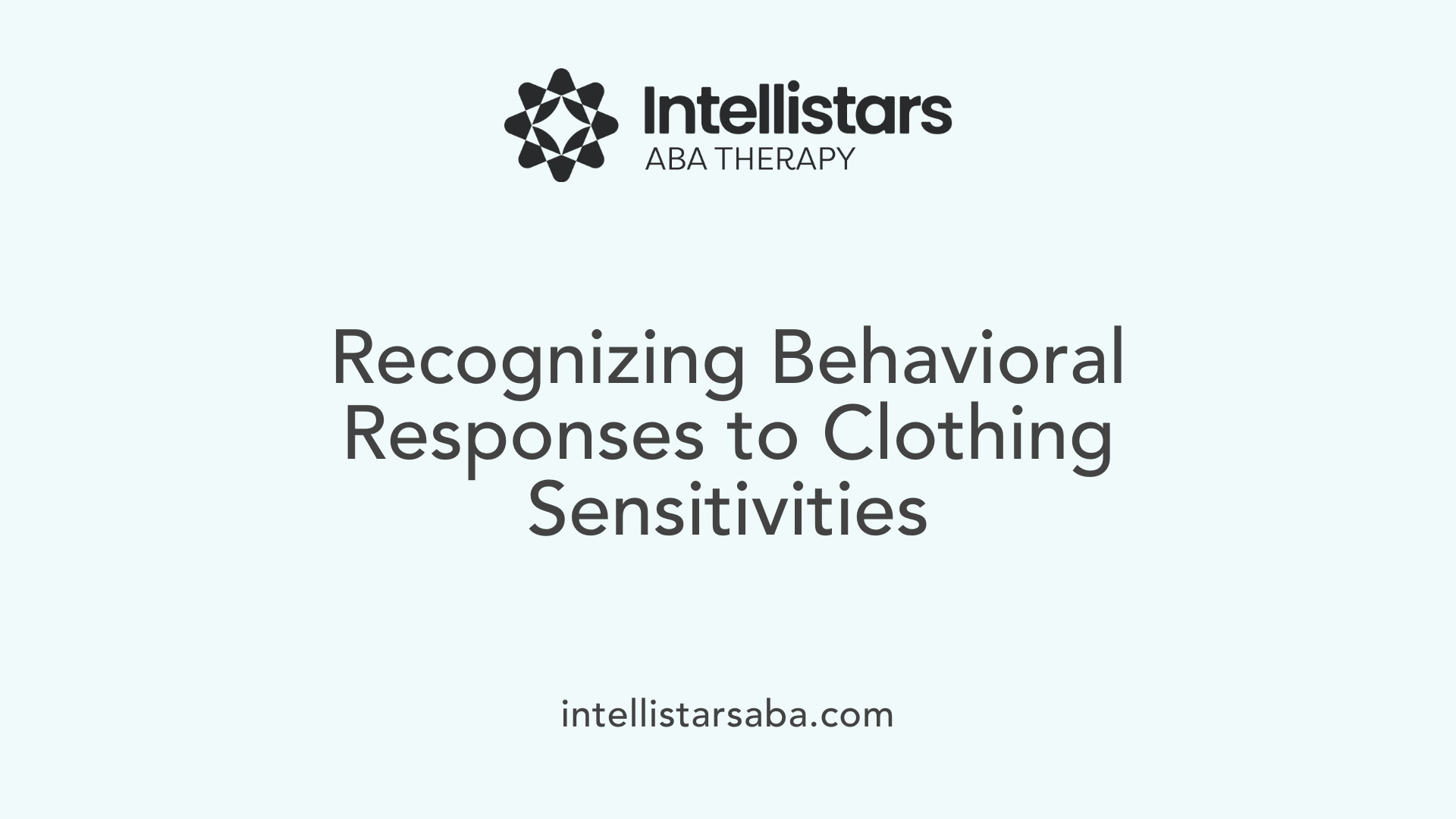
What sensory challenges do children with autism face regarding clothing?
Children with autism frequently deal with tactile hypersensitivity, a sensory processing challenge that makes certain clothing features uncomfortable or even painful. Over 90% of children with autism experience these sensory difficulties, which can manifest as intense negative reactions to tags, seams, particular fabrics, wrinkles, or tight garments.
Common sources of clothing discomfort
Typical sources of discomfort include scratchy or stiff fabrics, bulky seams, and tags that irritate the skin. These elements can cause tactile irritation and distract children from focusing on activities throughout the day.
Behavioral responses to clothing discomfort
Children may respond to this sensory discomfort by crying, refusing to wear specific clothing, or pulling at their clothes. These behaviors are often rooted in sensory processing difficulties rather than willfulness.
Prevalence of sensory processing difficulties among children with autism
Sensory sensitivities related to clothing are widespread, affecting a significant majority of children with autism. This prevalence highlights the importance of addressing sensory needs in daily routines.
How discomfort affects daily routines and participation
When clothing is uncomfortable, it can interfere with a child's ability to concentrate, participate in learning, and engage socially. This discomfort may lead to increased stress, meltdowns, and withdrawal from activities, hampering their school experience and social development.
Characteristics of Sensory-Friendly Clothing for Children with Autism
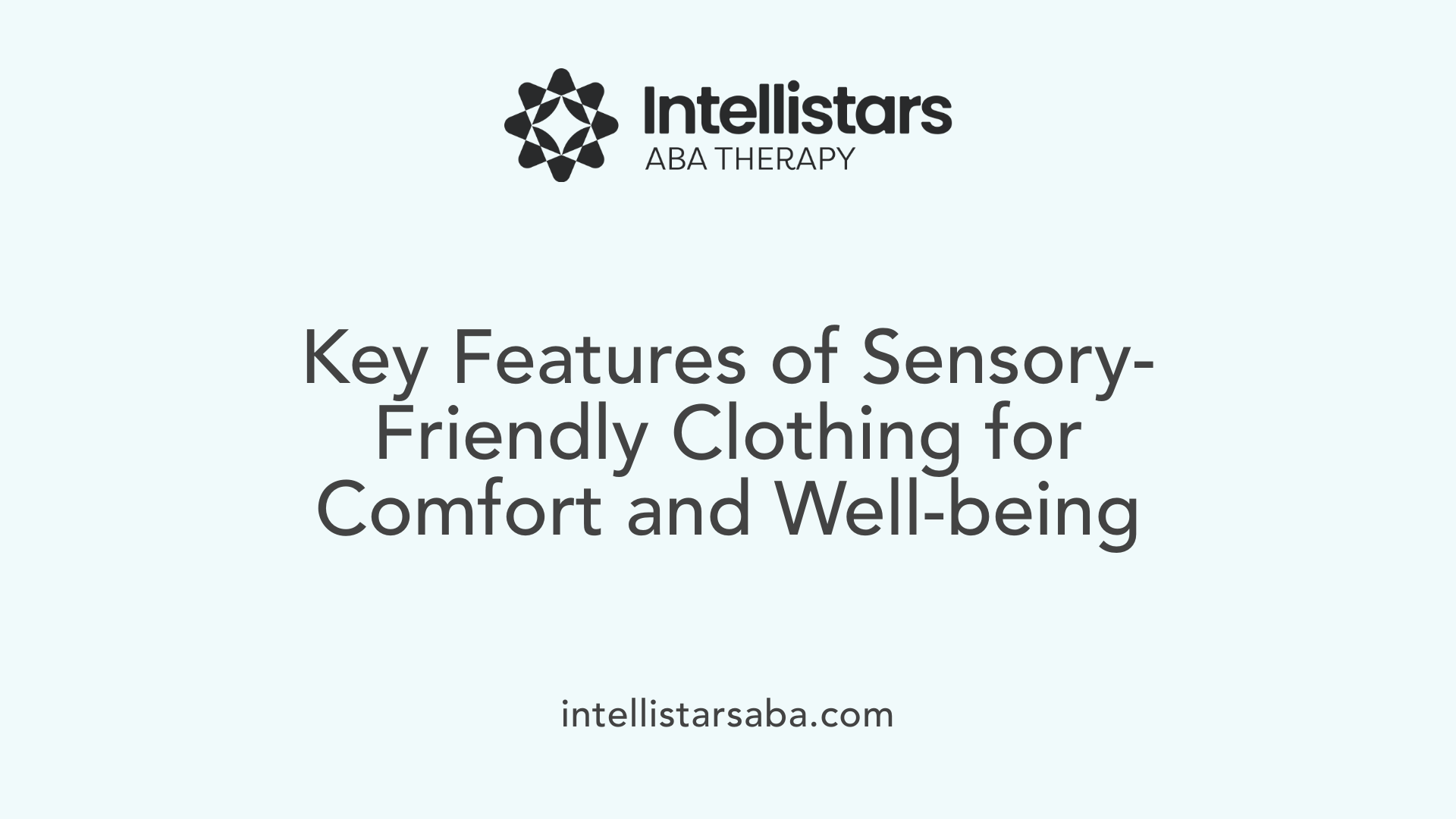
What features make clothing sensory-friendly for children with autism?
Sensory-friendly clothing is specially designed to minimize discomfort for children with autism who often face sensory sensitivities. The materials used are soft and breathable fabrics like cotton and bamboo, chosen to reduce skin irritation and increase comfort throughout the day.
Materials used in sensory-friendly clothes
- Cotton: Lightweight and breathable, allowing the skin to breathe
- Bamboo: Soft and moisture-wicking, gentle on sensitive skin
Design features
Sensory-friendly clothes commonly incorporate:
- Seamless construction: To prevent the irritation often caused by bulky or stiff seams
- Tagless or tear-away labels: Avoid scratching or itching from traditional clothing tags
- Flat or minimal seams: Reduce tactile discomfort and distractions
Comfort-enhancing elements
- Soft fabrics: Fabric choices that avoid stiffness or rough textures
- Gentle waistbands: Elastic waistbands designed to be snug without causing pressure or pinching
- Adjustable closures: Easy-to-use fasteners like Velcro or magnetic snaps, promoting independence and reducing frustration during dressing
Special features
- Compression: Some clothes include gentle compression elements that provide deep-pressure input, which can be soothing and help with regulation for children who seek proprioceptive feedback.
Selecting sensory-friendly clothing tailored to a child's unique preferences and needs is essential, as comfort directly influences a child's ability to focus and participate in daily school and social activities.
| Feature | Description | Benefit |
|---|---|---|
| Soft Fabrics | Cotton, bamboo, modal | Breathable, reduces skin irritation |
| Seamless Construction | No bulky seams; flat seams | Minimizes tactile discomfort |
| Tagless Labels | Heat-transferred or tear-away labels | Prevents itching or scratching |
| Gentle Waistbands | Elastic but non-binding waistbands | Avoids tightness and pressure points |
| Adjustable Fasteners | Velcro, magnetic snaps | Encourages independence and ease of dressing |
| Compression Features | Provides gentle pressure | Calms and soothes sensory-seeking children |
Supporting Independence and Confidence Through Sensory-Friendly Apparel
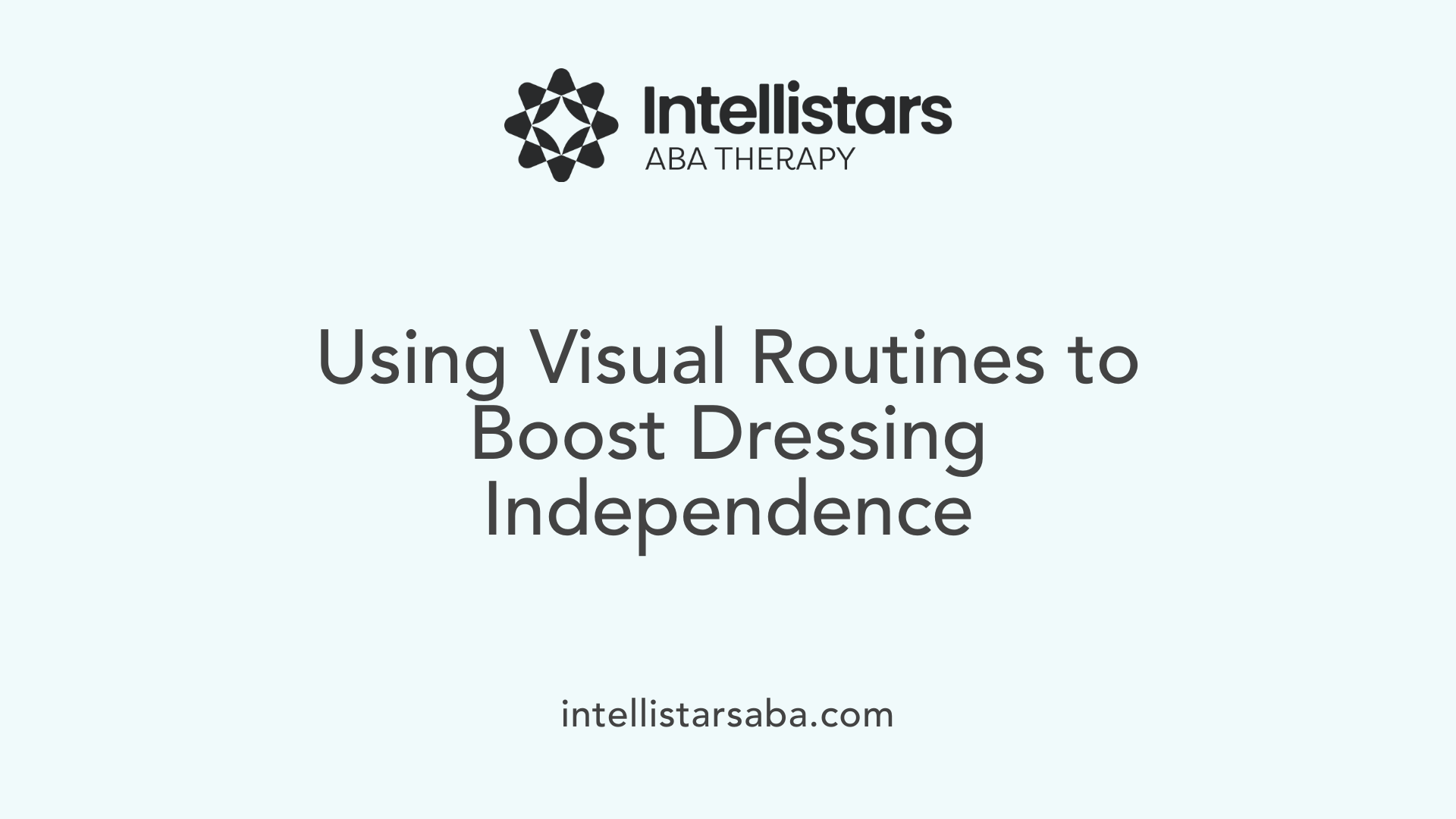
How does sensory-friendly clothing help children with autism gain independence?
Sensory-friendly clothing plays an essential role in helping children with autism become more independent. These garments often feature easy-on components like tear-away tags, stretchy fabrics, and simple fasteners that empower children to dress themselves. When clothing is comfortable and manageable, children experience less frustration, which encourages self-sufficiency.
Role of clothing in promoting independence
Comfortable, sensory-friendly apparel removes obstacles caused by itchy tags, tight seams, or restrictive materials. This decreases sensory discomfort and fosters independence in choosing and wearing clothes. When kids feel comfortable, they are more likely to take initiative in managing their outfit selections.
Easy-on features that empower self-dressing
Clothing designed for sensory sensitivities often includes features like flat seams, tagless labels, and elastic or adjustable waistbands. These adaptations make garments easier to put on and take off, perfect for children learning to dress independently. Brands specializing in adaptive wear incorporate these features to improve children’s dressing experiences.
Building confidence for social and learning participation
When children can dress themselves comfortably, their confidence grows. This self-assurance translates into better focus during learning activities and more willingness to take part in social interactions. Reduced distractions from clothing discomfort help maintain calmness and engagement throughout the school day.
Use of visual supports and routines for dressing
Utilizing visual aids, such as dressing checklists or step-by-step guides, supports children in mastering their daily routines. Practicing wearing new clothes at home beforehand familiarizes them with different textures or garments, reducing stress at school. These strategies complement sensory-friendly clothing by easing transitions and promoting independence.
| Aspect | How It Helps | Example Feature |
|---|---|---|
| Comfortable Fabrics | Reduces irritation and distractions | Soft cotton or bamboo fabrics |
| Easy Fasteners | Encourages self-dressing | Large buttons, Velcro, or elastic bands |
| Tagless and Seamless Design | Minimizes tactile sensitivity | Heat-transferred labels, flat seams |
| Visual Supports & Routines | Enhances understanding and routine | Dressing step checklists, visual schedules |
Together, sensory-friendly clothing and supportive routines provide children with autism the tools to confidently navigate dressing and daily activities, building independence that positively impacts their school experience and social participation.
Role of Occupational Therapy and ABA Therapy in Addressing Clothing Sensitivities

What is Applied Behavior Analysis (ABA) therapy, and how is it used to support individuals with autism?
Applied Behavior Analysis (ABA) therapy is an evidence-based method that focuses on analyzing behaviors by examining their causes (antecedents) and results (consequences). For children with autism, ABA aims to teach positive skills like communication, social interaction, and self-care while reducing behaviors that interfere with daily life.
ABA therapy is highly personalized, breaking skills into small, manageable steps and using positive reinforcement to encourage progress. This structured approach helps children manage challenges like sensory sensitivities, including distress caused by clothing textures or tags, by gradually teaching coping strategies and appropriate responses.
Who typically provides ABA therapy for individuals with autism?
ABA therapy is delivered by specialized teams. Board Certified Behavior Analysts (BCBAs) design and supervise treatment plans, while Registered Behavior Technicians (RBTs) carry out therapy sessions. These professionals often work in clinics, schools, or home settings.
Because sensory sensitivities often overlap with motor or communication difficulties, a multidisciplinary team—including occupational therapists, speech therapists, and physical therapists—often collaborates to address the child's needs comprehensively. Family involvement and caregiver training are also vital parts of effective ABA therapy.
What are the main goals of behavioral analysis therapy in treating autism?
The primary goals of ABA therapy include increasing helpful behaviors such as independent dressing and reducing negative responses to clothing discomfort. For sensory sensitivities, this might involve teaching a child to tolerate certain textures or seamlessly transition to sensory-friendly clothing.
ABA utilizes detailed data to tailor ongoing programs, focusing on skill-building that promotes independence, confidence, and social engagement. By managing behavioral challenges related to clothing sensitivities, children can participate more comfortably in school and social activities.
Occupational therapy approach to sensory integration and clothing sensitivities
Occupational therapists (OTs) specialize in sensory integration, helping children process sensory input from the environment, including tactile sensations from clothing.
OTs assess each child’s unique sensory profile and create personalized plans using sensory exercises, desensitization techniques, and graded exposure to clothing textures. They may recommend sensory-friendly clothing options, such as seamless designs and soft fabrics, and teach coping mechanisms to manage discomfort.
Behavioral and therapeutic strategies for clothing sensitivities
Combining ABA and occupational therapy strategies creates a comprehensive approach. Desensitization techniques, like deep pressure activities and practicing new clothing at home, support tolerance over time.
Visual supports—such as checklists for dressing steps—reduce resistance and promote independence. Modifying environmental factors, such as using tagless or seamless clothing, further minimizes sensory overload.
Collaboration to improve daily function and comfort
Collaboration between ABA therapists, occupational therapists, families, and educators ensures that children’s sensory and behavioral challenges are addressed consistently across settings.
By integrating therapy goals, promoting sensory-friendly clothing, and providing supportive strategies, children with autism experience less discomfort, improved focus, and enhanced participation in school and daily life.
Prominent Brands Offering Sensory-Friendly Children’s Clothing

What brands provide sensory-friendly clothing options for children with autism?
Several well-known brands have developed sensory-friendly clothing lines to meet the specific needs of children with autism. Target's Cat & Jack Adaptive Line features soft fabrics, flat seams, and heat-transferred labels, all designed to minimize irritation. Kozie Clothes, founded by a pediatric occupational therapist, specializes in seamless, soft clothing with tear-away and iron-on tags to reduce tactile distractions.
Other notable brands include Hanna Andersson, Primary Clothing, and Zappos Adaptive, which offer soft, tagless designs and easy-to-wear features. JC Penney provides sensory-sensitive clothing options such as tagless labels and elastic waistbands, and they also hold sensory-free shopping events to create a comfortable experience for families. SmartKnitKIDS focuses on seamless socks, underwear, and compression shirts to accommodate texture sensitivities.
These brands stand out by incorporating key features such as seamless construction, soft and breathable fabrics like cotton or bamboo, and adjustable closures. Specialized companies like Kozie Clothes bring therapeutic insights directly into their clothing designs, offering tailored solutions informed by occupational therapy expertise.
Accommodation initiatives like sensory-free shopping events further support families by reducing sensory overload in stores, making the shopping process less stressful for children with sensory sensitivities. Together, these brands and initiatives enhance comfort, promote independence, and reduce sensory discomfort for children throughout their daily activities.
Strategies for Selecting and Introducing Sensory-Friendly Clothes
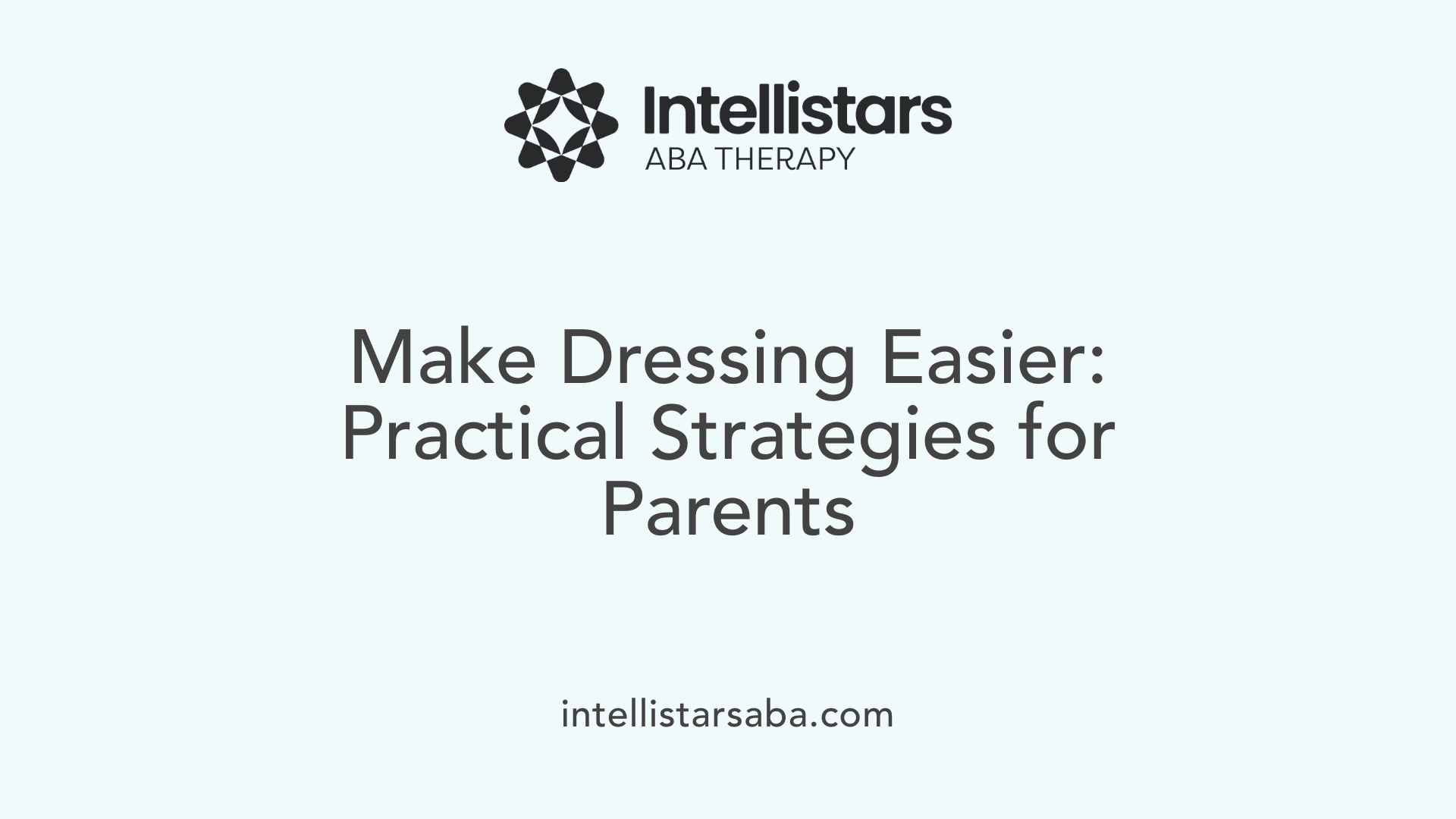
How can parents select and introduce sensory-friendly clothing effectively?
Parents play a crucial role in helping children with autism adapt to sensory-friendly clothing by involving them in the selection process. Offering choices respects the child's preferences and encourages acceptance of new garments.
Testing various fabrics, particularly soft, breathable materials like cotton or bamboo, allows parents to discover what textures cause the least irritation. Avoiding stiff materials, bulky seams, and scratchy tags is essential to reduce discomfort.
Before the school day begins, practicing wearing new clothes at home can build familiarity and ease anxiety. This gradual introduction helps the child become comfortable with the clothing in a low-pressure setting.
Incorporating routines such as visual checklists for dressing steps can support independence and reduce resistance. Additionally, desensitization techniques—like textured play, layering clothes, and deep pressure activities—can help children gradually increase tolerance to different sensations and clothing types.
By combining fabric testing, child involvement, practice sessions, and sensory strategies, parents can effectively introduce sensory-friendly clothing that enhances comfort and supports their child's daily functioning.
Benefits of Sensory-Friendly Clothing for Behavior and Learning
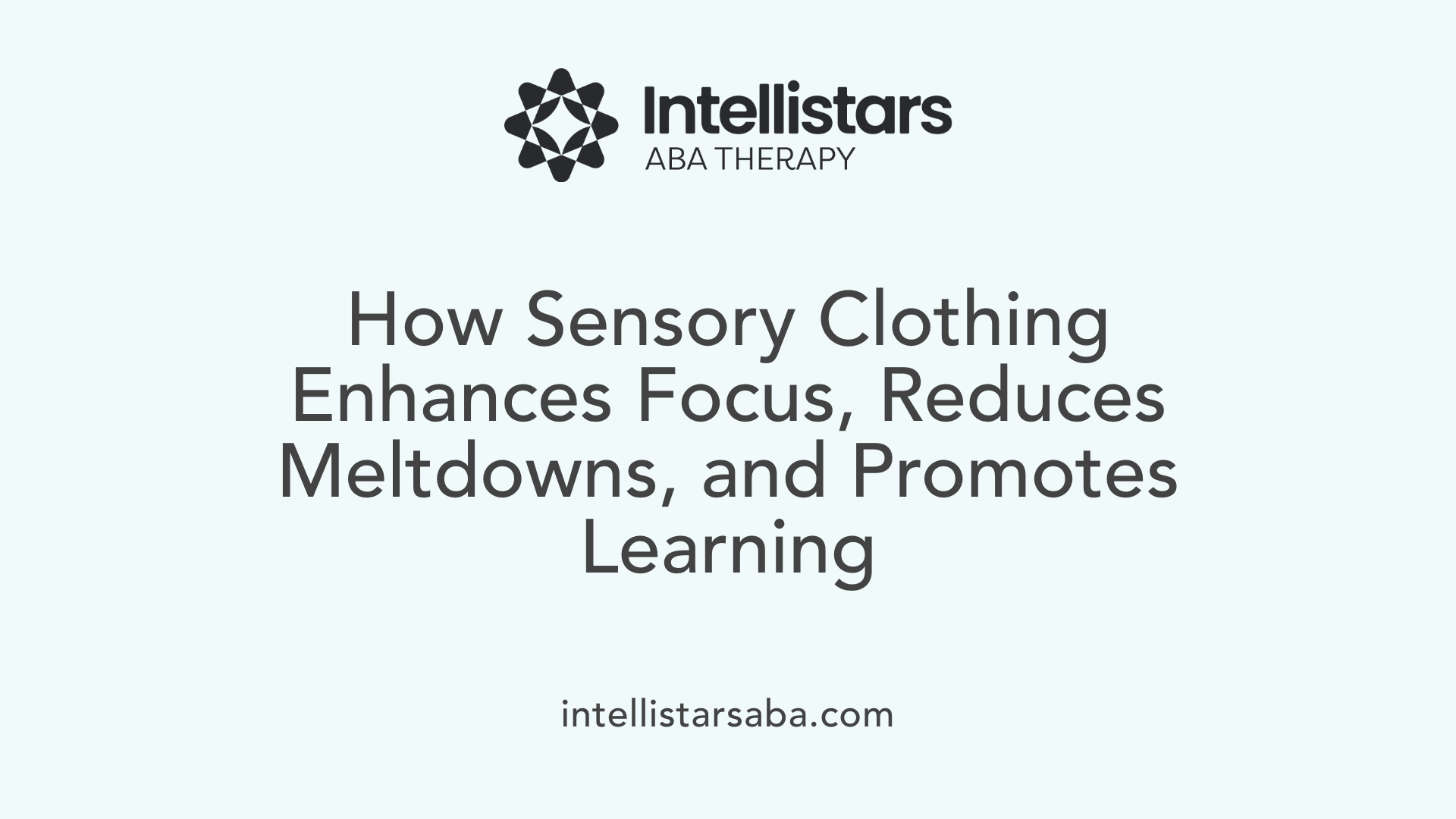
How does sensory-friendly clothing impact behavior and learning in children with autism?
Sensory-friendly clothing plays a vital role in reducing sensory overload and minimizing meltdowns among children with autism. By using soft fabrics, flat seams, tagless labels, and avoiding restrictive fits, such clothing eliminates common irritants like itchy tags or bulky seams that can distract or distress children. This reduction in discomfort allows children to remain calm and emotionally regulated throughout the school day.
Reducing sensory overload and meltdowns
Discomfort caused by traditional clothing can trigger negative responses such as crying, refusal to wear clothes, or even behavioral outbursts. Sensory-friendly garments help prevent these reactions by addressing tactile sensitivities, making it easier for children to tolerate their clothing without distraction or distress.
Enhancing focus and participation
When children are comfortable, they can better focus on learning activities and social interactions. Comfortable clothing supports their ability to engage fully, promoting independence and confidence. This increased participation positively influences outcomes in educational settings and therapy sessions, such as ABA and occupational therapy.
Supporting comfort to improve quality of life
Beyond school, sensory-friendly clothing improves daily experiences for children by minimizing irritation and providing a familiar, soothing environment through gentle fabrics and adaptable designs. Features like adjustable closures and stretchy materials accommodate unique sensory preferences, enhancing overall wellbeing.
Link between sensory-sensitive clothing and behavioral improvements
The connection between tactile comfort and behavior is clear: reducing sensory discomfort helps stabilize mood and decreases the frequency of challenging behaviors. Sensory-friendly clothing supports emotional regulation, enabling children to focus their energy on learning and socializing rather than coping with constant irritation. This foundation boosts their quality of life and participation in diverse activities.
The Transformative Role of Sensory-Friendly Clothing in Autism Support
Sensory-friendly clothing is more than just comfortable apparel—it is a critical tool that supports children with autism in navigating sensory challenges, promoting independence, and enhancing their ability to learn and interact socially. When combined with personalized therapies like ABA and occupational therapy, it forms part of a holistic approach to improving daily functioning and quality of life. Through thoughtful choices in materials, design, and introduction strategies, parents and caregivers can empower children to feel safe, confident, and ready to engage with the world around them. With an expanding market of specialized clothing brands and increased professional awareness, the future holds promising advances in supporting the diverse needs of children with autism through sensory-friendly clothing.
References
- Back-to-School Clothing Shopping Tips for Children with ...
- Clothing for children with sensory issues hits stores
- How Does Sensory-Friendly Clothing Help a Child with ...
- Clothing Sensitivity in Children: What It Means and How to ...
- Applied Behavior Analysis (ABA)
- Applied Behavior Analysis (ABA)
- ABA Therapy Goals: 25 Practical Examples & Timelines

